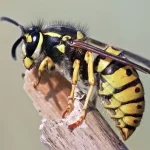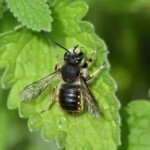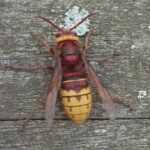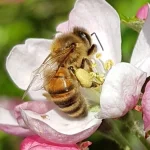If you’ve discovered a cluster of bees in your garden, hedge, or shed, don’t panic – they’re usually just looking for a new home. Local beekeepers offer a free, responsible swarm collection service carried out by trained and insured local beekeepers.
Their aim is to keep people safe, protect the bees, and rehome swarms into managed hives wherever possible.
Is It Really a Honey Bee Swarm?
Not every group of flying insects is a honey bee swarm. The first step is to identify what you’re seeing:
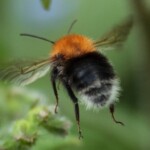

If you’re unsure, check the BBKA’s Swarm Identification Guide or send a clear photograph to the Swarm Collector.
What To Do if You Find a Swarm
- Keep calm – swarming honey bees are not usually aggressive.
- Keep children and pets away from the area.
- Do not spray or disturb the swarm.
- Contact a beekeeper with as much information as possible:
- Your name and contact number
- The exact location (postcode or what3words)
- Where the swarm is situated (height, accessibility, building type)
- How long it has been there
- Ideally a photo
Local collectors will assess the situation and let you know if the swarm can be safely removed.
How Swarms are Handled
Volunteer collectors are beekeepers who follow BBKA and NBU best practice. Once collected, swarms are rehomed into apiaries and monitored for health before joining established colonies.
Removing a swarm protects both people and pollinators and gives the bees a safe new start.
Get Help Now
Enter your postcode below to find a local collector:
Why Bees Swarm

Swarming is a natural part of the honey bee life cycle – it’s how a colony reproduces. When a hive becomes crowded, the old queen leaves with a group of workers to find a new home, leaving a new queen to continue the original colony.
While it can look dramatic, it’s a temporary and harmless process – and with your help, those bees can be safely rescued and rehomed.

